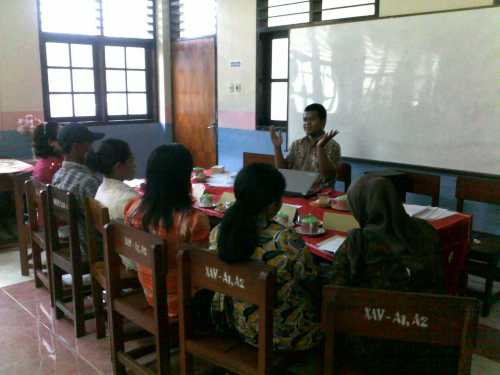Campaign Evaluation Study for the 2011 BOS Social Marketing and Information Promotion Program
Monday, 11/07/2011
This study evaluates the efficacy of the BOS Social Marketing and Information Campaign (SMIC) campaign, also known as the Study of Social Marketing and Information Campaign (SMIC), which was conducted from January to December 2010 and included a national information campaign, supplementary activations, relationship-building activities, and media interventions spread across four treatment districts/cities (Malang, Ambon, Tulung Agung, and Sumbawa). Prior to the launch of the BOS campaign, specifically in March through June 2009, a different research organization conducted the baseline study.
The purpose of this endline study is to determine whether the campaign has had the desired effect on the chosen target community.
The Ministry of National Education, the World Bank, and SurveyMETER worked together to conduct this study. The primary user of the research findings is the Ministry of National Education, since they will be applied in the policy formulation. The specific objectives are to: 1) Assess how well national and local campaigns have done in raising parents' awareness of BOS and encouraging their involvement in the planning and oversight of BOS funding. 2) to comprehend the efficacy of various communication strategies and techniques.
Both quantitative and qualitative (mixed methods) methodologies are used in this investigation. The qualitative study is termed 2011 BOS Program Campaign Evaluation Study,

while the quantitative survey is called BOS Social Marketing and Information Promotion Study (PSPB BOS).
Nine provinces, comprising 19 districts and cities, participated in the quantitative survey. The 726 schools that made up the entire sample of schools targeted by this study were divided into 629 elementary schools and 97 junior high schools. Five parents of pupils from each school in the non-treatment district/city region were interviewed by the quantitative team. Meanwhile, the number of parent respondents in schools in the treatment districts/cities was different, namely Malang City (20 parents were interviewed at each school), Tulungagung Regency (10 parents were interviewed at each school), Sumbawa Regency (12 students were interviewed at each school), and Ambon City (16 parents were interviewed at each school).
Focus group discussions (FGD) and in-depth interviews with stakeholders from public and private elementary and junior high schools (SMP) in the four districts/cities were employed in the qualitative study.
The quantitative survey data collection was carried out from April 25 to June 14 2011 while the qualitative study was from April 25 to June 26, 2011. (JF)